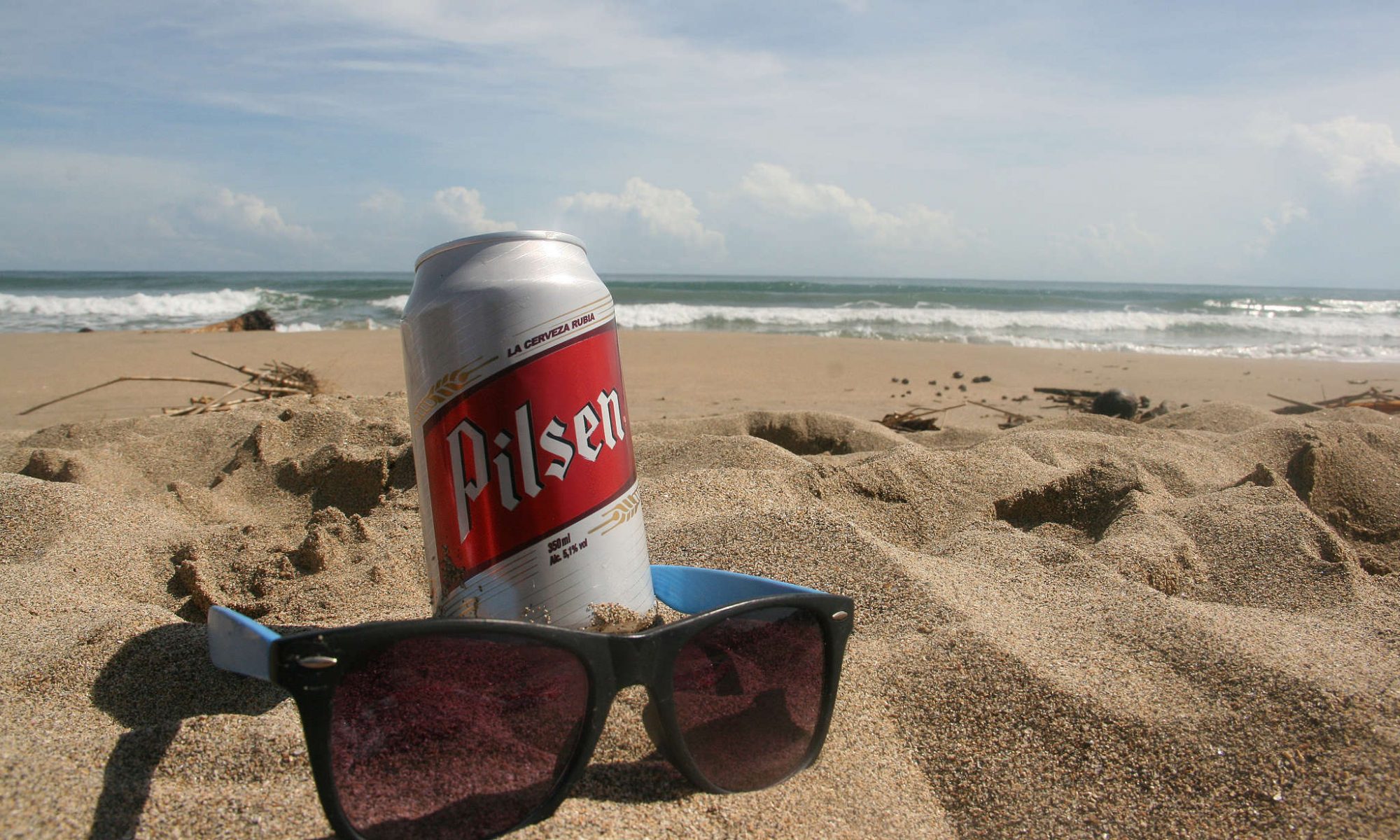Founded on an island by the French in the 17th century on the confluence of the Rivers Ottawa and St. Lawrence is the Canadian city of Montréal. An incredible amalgamation of cultures cut a new identity in this modern Canadian landscape. What was once an economic powerhouse Montréal is now associated the harmonising of English and French speaking communities despite their obvious cultural differences. You’d think that there would be rigid divisions between these communities, but they’re one proud city.

I won’t focus on the cultural aspects but on old and new Montréal. I will be brief on the new as it is not my cup of tea. It possesses many of the issues seen all too frequently around the world -pollution, waste, drugs, ignorance, commercialisation and globalisation. I don’t know what the problems were when the new Montréal was built, but to be digging most of it up illustrates that planning and wastefulness is not a modern phenomenon. So lets put to bed my disdain of this area and focus on the area I loved.

Old Montréal has somehow managed to retain its character. The old town was established as a catholic village along the banks of the St. Lawrence river. Missionary efforts failed to flourish meaning it needed a new way to survive. That came, as so many places in Canada, through fur-trading. The wealth and prosperity that particular boom brought meant that fine stone buildings and houses were built. Montréal also established one of the most important inland harbours in North America by the 19th Century. Booms don’t and can’t last forever – world history testifies to that. Montreal was no exception. By the 20th century the city had fallen into decline. From 1980 the city has had its own renaissance. Many of the 18th century buildings were saved and given a new lease of life for what was built back then no longer fitted in with what is needed today.

What there is now is a remarkable combination of old and new, as restaurants, bistros and boutiques merge with wonderful architecture. Yes, you still have your tourist shops, littered with ‘Canadian’ products made in China. My suggestion is to search for and buy the authentic Canadian goods that may be found on the shelves. A conversation ensued with the shop keeper, but I soon ran out of what little French I know though not before he had accepted payment from my credit card. It was then that he changed to English to say something about his wife once working for English speakers.

Canada doesn’t do the “pubs” to which I am accustomed. Invariably the establishments that exist are bar/restaurants with the main focus on food. I had some puzzled looks as I would just enter and only want a beer. One must indulge in some of Montreal’s cuisine, poutine and (a recommendation) a smoked meat sandwich.

The architecture is similar to that in Quebec City (French influence) and was a pleasure to study. The Notre Dame Basilica is worth the entrance fee. As you step into this cathedral, be amazed by the almost ocean looking sanctuary and altar piece. The cathedral probably survives on those entrance fees and not from contributions from regular and faithful attendees. It is the same the world over but aren’t we glad that these places are preserved even if they resemble museums and sometimes even mausoleums. Down the rue Notre-Dame (one could be mistaken for thinking one was in Paris) the Hôtel de Ville captures your attention before Montréal’s own Nelson’s column takes your eye. Ignore the wonderful street entertainers, (for a second you might think you were in Covent Garden in London) and question why it is that one of England’s most famous seamen has a statue there. This evidence confirms the sense of intertwined cultures that have shaped this city.

The aforementioned harbour is no longer the trading post it once was. Now it has undergone serious modernisation as the entertainment features that the youth of today crave have sprung up to ensure its sustainability. A railway line runs parallel with the river and splits the glorious old town from this modern hub of craziness. An entrance to Chapelle Notre Dame-de-Bonsecours provides a view of this divide between the harbour and old Montreal. As you stand there and look across old Montreal you could be mistaken for thinking that you are looking across a city in Europe, as spires, domes and religious buildings dominate the skyline.

Before I left this city, there were still two places that I felt must be visited. A walk to Mont Royal and Oratoire Saint Joseph. I’d been to both before, but both places should be considered on a first visit to the city. On arriving in the city in glorious sunshine I dumped my bags and hiked up “la montagne”. This urban escape provides Montrealers with some much-needed green space in the city. Standing at only 234m high, nature manages to provide the city’s best view point. Oratoire Saint Joseph is perhaps the perfect spot to watch the sunset in the city. After climbing the 283 steps to the top I sat amazed as the sun set. Witnessing behaviour that perhaps wasn’t in tone with the location, it was still a romantic end for my visit to the city.

I’d been before, but Magnificent Montréal, you were worth the second visit.





















